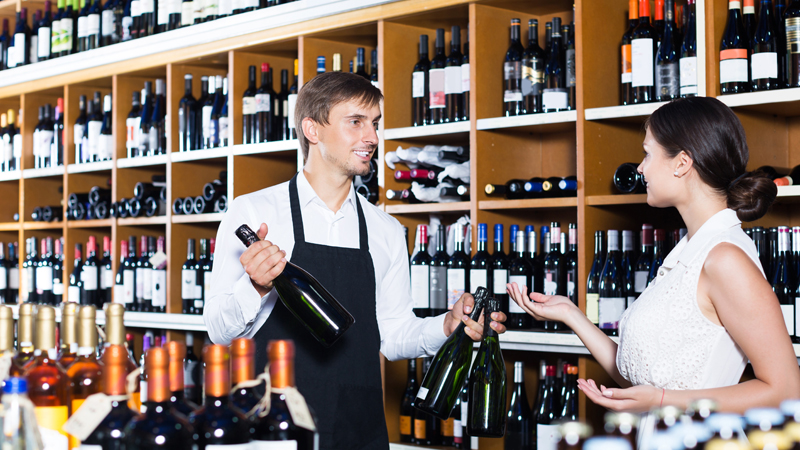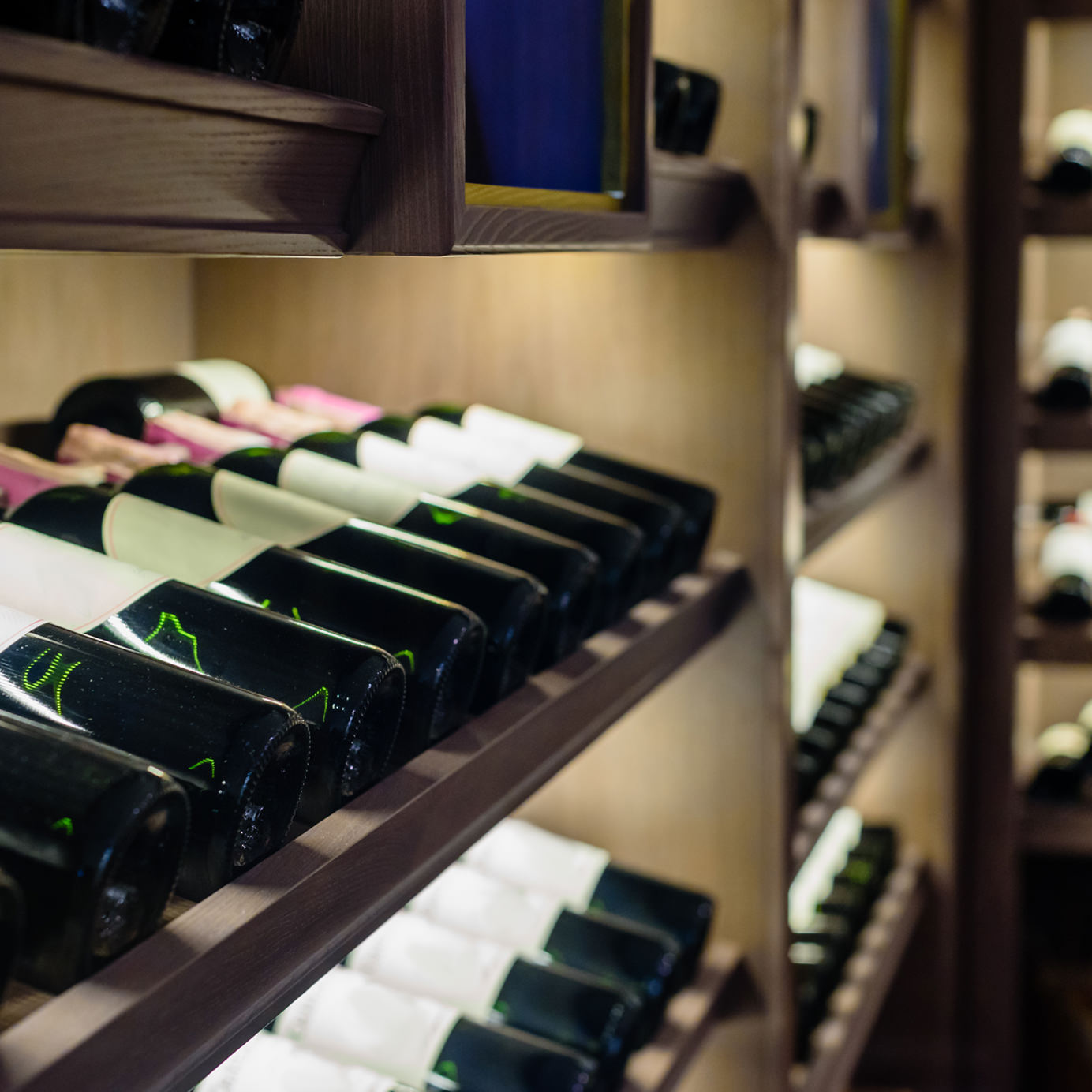For a nation built on a bedrock of capitalism and free trade, America’s intentionally inefficient system of buying and selling alcohol feels counterintuitive. After all, alcohol distribution in the United States is closely regulated. Its three tiers, comprised of producers, importers and distributors, and retailers, purposefully add cost to the consumer.
Many argue that the system is well-intentioned and exists to combat the risk of alcohol abuse. Others argue that this policy reflects antiquated, Prohibition-era ideologies.
At more than 80 years old, many feel that it’s high time for a change in legislation. Understanding each aspect of the three-tier system is essential to see why both sides of this argument are valid, and offers a look at what the future might hold for alcohol distribution in the United States.
The Basics
After Prohibition’s repeal in 1933, state governments devised a new set of distribution laws that aimed to tackle the nation’s drinking problem by increasing the price of alcohol. Called the “three-tier” system, it added cost by ensuring alcohol flowed from producer to consumer through a minimum of three separate businesses. Unfortunately, for responsible and modern consumers, each layer by necessity marks up the price.
Tier one is producers and consists of grape growers and wineries. Producers sell their bottled or bulk wine to tier two, wholesalers. At tier two, importers supply foreign wines to distributors.
At the third tier, retailers purchase international and domestic wines. Retailers can be anything from local independent wine shops, to grocery stores, restaurants, and bars; and only they can sell wine to consumers. (There are a few exceptions, of course. We’ll get to them later.)
With alcohol legislation dictated at the state level, each one has a unique set of laws regarding the import, export, and sale of alcohol.
The Price of Wine
At each tier, companies must apply a percentage markup to the price of a bottle in order to remain profitable. Distributors generally double the price they pay for a bottle, while retailers add a further 150 percent to the price.
In other words, if a winery sells a bottle for $5, distributors sell the same bottle for $10, and retailers for $15.
When it comes to restaurants, the markup is significantly higher. For by-the-glass sales, a general rule is that the price of the glass is equal to whatever amount the restaurant paid for the entire bottle. The markup is less intense for bottle sales and ranges from two to five times the price paid to the distributor.
These are among many considerations that influence the cost of a bottle of wine. Other factors, such as the size of a retailer or restaurant, as well as its overhead (rent, staffing costs etc.), add to the price consumers pay.

Pros and Cons
Large-scale distribution enables wineries to sell and market their bottles nationally. As a result, smaller regional wine producers can reach consumers across the country, giving consumers all sorts of options they might not have otherwise.
Robert Tobiassen, a legal consultant and former chief counsel for the Alcohol and Tobacco Tax and Trade Bureau (TTB) believes that national distributors benefit local economies by creating jobs and supplying extra income to state governments via taxes.
“The middle tier of the three-tier system does employ a large number of people and contributes financially to many community charitable efforts,” Tobiassen said, calling the three-tier system “a good neighbor.”
While some might view the added cost as a negative aspect of the system, Tobiassen believes it’s advantageous, as it succeeds in lowering the potential for alcohol abuse. “The lowest possible price is not always the benchmark goal,” he says.
Those in favor of changing the three-tier system believe that it’s skewed in favor of distributors and retailers, while wineries see smaller profits.
Distributors’ and retailers’ operating costs are the same for a $5 bottle as they are for one that costs $50. More expensive bottles receive higher markups, which in turn translate to greater profits.
For wineries, however, producing higher-quality, more expensive wines means additional costs due to lower yields, hand-harvested crops, and barrel aging. After deducting these costs from the price they can charge, producers receive a much smaller slice of the profit than wholesalers and retailers.
Others argue that the three-tier system provides an advantage for domestic wineries over foreign producers.
“Your main challenge is finding distribution,”Victor Urrutia, CEO of renowned Spanish winery CVNE, says. “Depending on the size of the company, some distributors may be too small to carry two producers from the same region,” he explains.
But choosing to work with a large distributor means running the risk of becoming lost in an extensive portfolio.
When CVNE worked with large importers and distributors, its sales were “terrible,” Urrutia explains. That’s because its wines weren’t sold or marketed with the attention a smaller distributor could offer. “We were insects in these distributors’ [portfolios], without a hope in hell of getting any attention,” he says.
The Fourth Tier
To help small international and domestic wineries navigate the challenges of the three-tier system, a fourth, unofficial tier exists.
Made up of national marketing companies that also work as importers and brokers, this tier helps ensure that small producers are well represented throughout the United States. By not having to worry about marketing or distributors, wineries can instead focus solely on producing quality wine.
Fourth-tier marketing companies maintain relationships with distributors on behalf of wineries, and ensure distributors and retailers are accurately portraying the story behind the wines.
“It’s impossible for [small-scale producers] to get into every market, communicate the message of their properties, and work directly with wholesalers,” Rocco Lombardo, president of fourth-tier marketing company Wilson Daniels, says.
Companies like Wilson Daniels are beneficial to consumers as well as wineries, Lombardo says. “We’re representing families who own their own vineyards. Their product literally goes from their hands to our hands to the customer. We’re ensuring 100 percent provenance,” he explains.
The Future of the System
Direct-to-consumer (DTC) sales and online wine retailers are two hot topics currently threatening the foundations of the three-tier system.
In most states, it is now legal for consumers to buy wine directly from wineries, provided that the purchase doesn’t breach interstate shipping laws. Online retailers, on the other hand, do not enjoy the same freedoms as wineries when it comes to shipping wine across state lines.
Nevertheless, many options exist for buying wine online. From subscription wine clubs, to “flash” sale sites, each model of online wine sales has its own established methods of exploiting loopholes in state law, ensuring they don’t break three-tier legislation. Yet selling wine online remains extremely complex.
The National Association of Wine Retailers (NAWR) and grassroots organizations like “Free the Grapes!” want to make online retail easier by bringing about the free movement of wine across state lines. They face tough opposition from tier-two-backed trade organizations, like the Wine and Spirits Wholesalers of America (WSWA), which continue to oppose any initiatives to alter the three-tier model.
At the time of writing, this issue is in the spotlight after the Supreme Court recently announced it will hear a high-profile case that many believe could have a huge impact on shipping bans on out-of-state retailers.
Supreme Court battles and evolving wine retail notwithstanding, many remain staunch in their belief in the three-tier system.
“We’re on the forefront where this industry will evolve,” Lombardo says, “but there will always be a need for the three-tier system.”
That said, ours is a transitional time. It is tough for any winemaker, retailer, politician, or citizen to predict the next stage in American policy.
